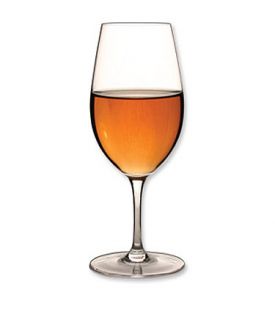There are some foods that do not combine well with any kind of wine; these include anything dressed with vinegar or large quantities of lemon juice, pickled foods, egg dishes, anything heavily spiced with chilli or curry, and chocolate.
When planning what wines to serve choose according to the sauces to be used and method of cooking.
- A sauce of white wine, cream and mushrooms, for example, needs to be eaten with an assertive white wine such as an "Entre-Deux-Mers" or a white Burgandy.
- Sauces made from horseadish or mint diminish the taste of fine wines - match them with a robust, everyday wine such as a Muscadet or a Dáo.
- Fried dishes or fatty meats need robust wines to cut across the fat and freshen the pallet; a white Spanish or Italian wine goes well with fish and a good red Burgundy goes with fatty Poultry
Basic dishes such as casserole or stew are best served with a straight forward red wine. Goulash for example is good with a strong red such as Hungarian Bulls blood; a white meat stew goes with a light red - a Merlot or Gamay, for example.
Serving Tips Serve dry wine before sweet, because you are unlikely to enjoy the dry wine after eating or drinking something even slightly sweet.
If you are serving the same wine throughout the meal, offer young before old. Go from the lightest to the heaviest wines, always serve the finest last.
Shellfish are usually served with chilled dry white or Rose wines.
Fish dishes also go well with rose or pink wines. but depends on the flavor of the fish. fish of subtle flavour such as trout need a delicae wine such as an Anjou rose or a Riesling: stronger tasting fish need weightier wines such as a white Burgundy or Rioja.
Poultry can be accopanied by red or white wines in France duck and goose are frequently served with a red Burgundy or Bordeaux (claret), although they also go well with a Gewurztraminer or a Riesling.
As a rule of thumb choose the wine for the meat according to the strenght of the flavour and accompaniments - a light wine for lighter flavour and simple stuffing. a stonger wine for richer ones.
